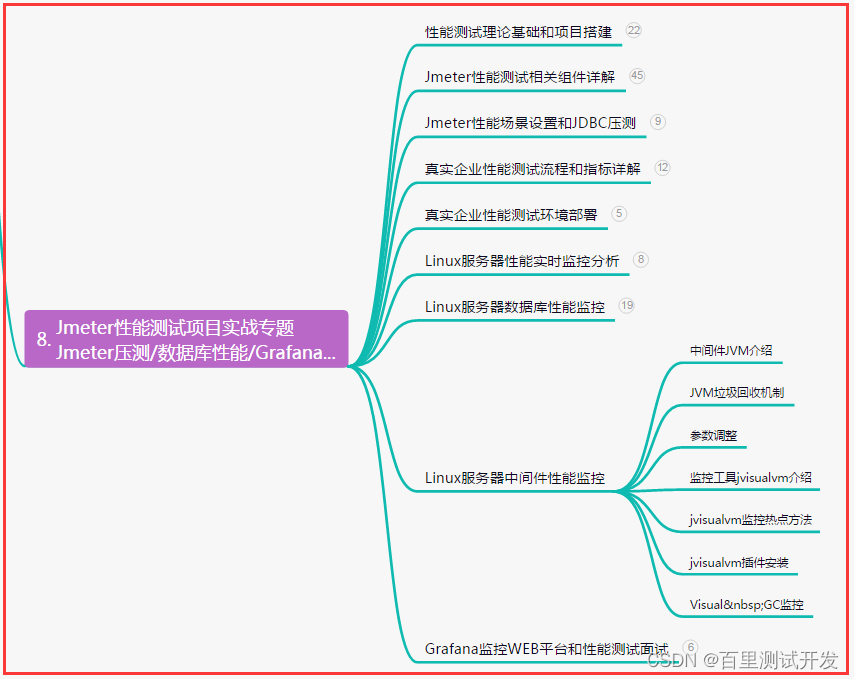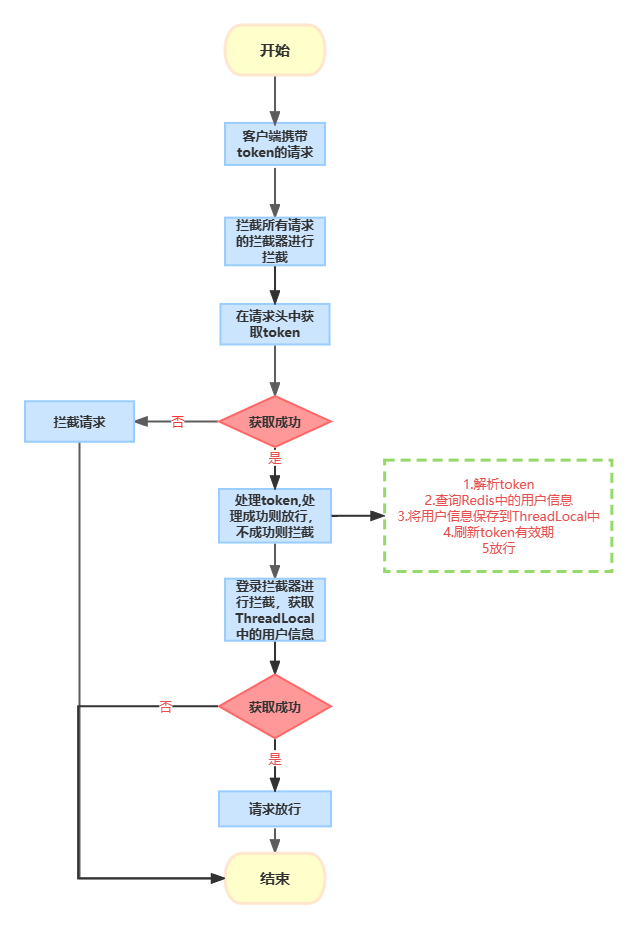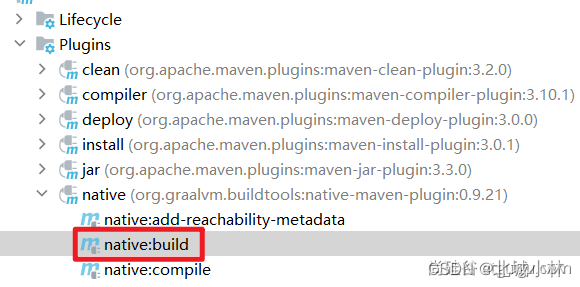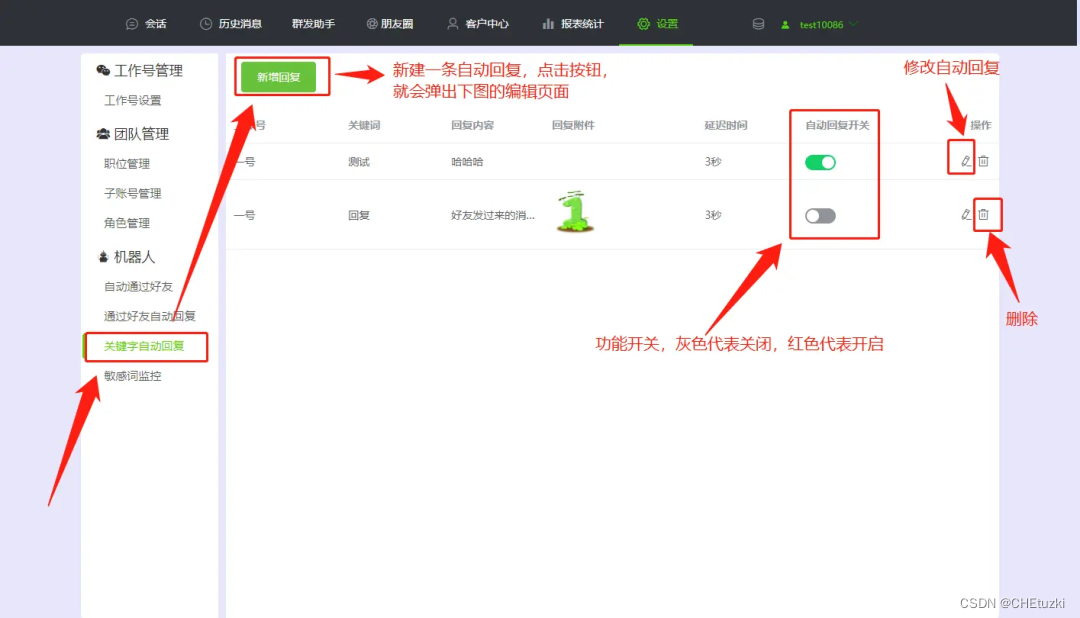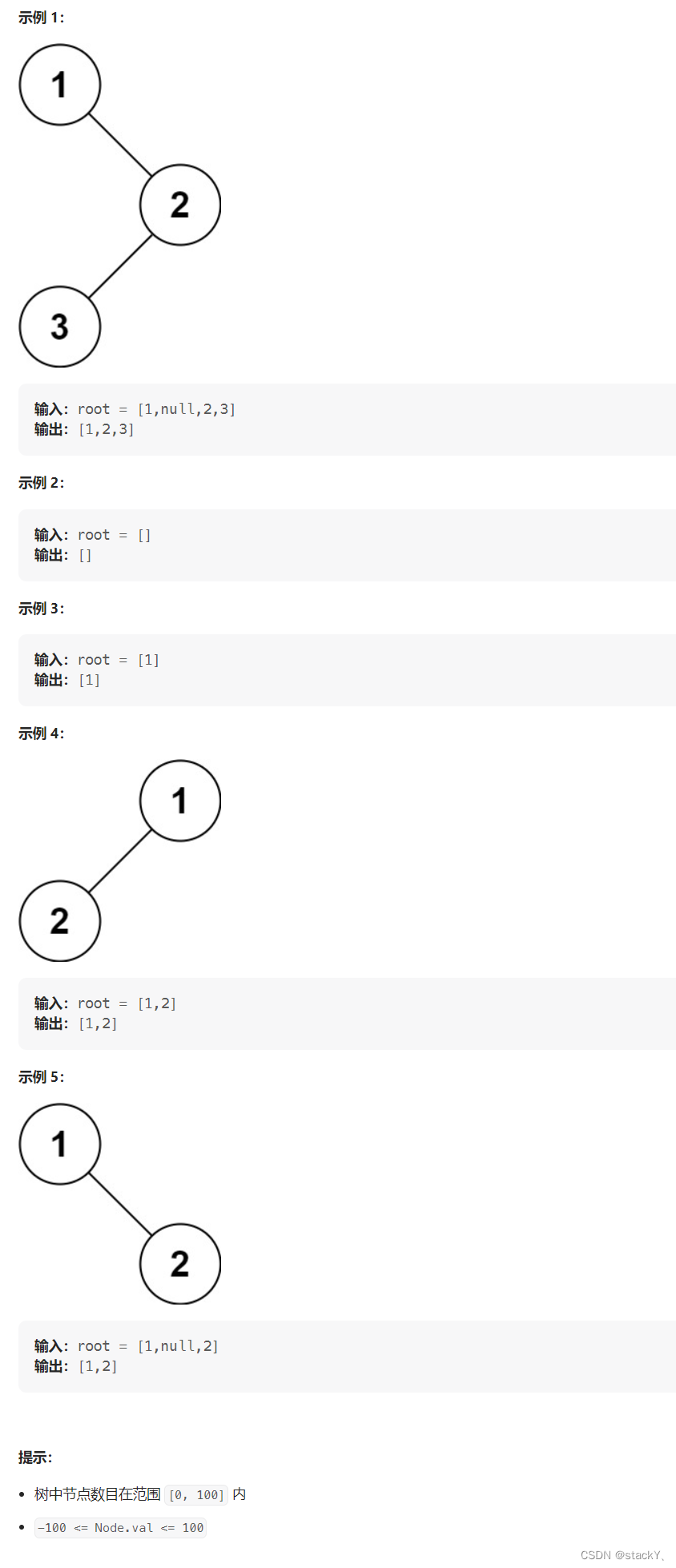题目
给定一个二叉树, 找到该树中两个指定节点的最近公共祖先。
百度百科中最近公共祖先的定义为:“对于有根树 T 的两个节点 p、q,最近公共祖先表示为一个节点 x,满足 x 是 p、q 的祖先且 x 的深度尽可能大(一个节点也可以是它自己的祖先)。”
示例 1:

输入:root = [3,5,1,6,2,0,8,null,null,7,4], p = 5, q = 1
输出:3
解释:节点 5 和节点 1 的最近公共祖先是节点 3 。
示例 2:
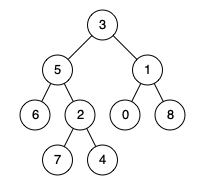
输入:root = [3,5,1,6,2,0,8,null,null,7,4], p = 5, q = 4
输出:5
解释:节点 5 和节点 4 的最近公共祖先是节点 5 。因为根据定义最近公共祖先节点可以为节点本身。
示例 3:
输入:root = [1,2], p = 1, q = 2
输出:1
提示:
树中节点数目在范围 [2, 105] 内。
-109 <= Node.val <= 109
所有 Node.val 互不相同 。
p != q
p 和 q 均存在于给定的二叉树中。
来源:力扣(LeetCode)
链接:https://leetcode.cn/problems/lowest-common-ancestor-of-a-binary-tree
著作权归领扣网络所有。商业转载请联系官方授权,非商业转载请注明出处。
解决思路
解决方法
方法一:
//https://leetcode.cn/problems/lowest-common-ancestor-of-a-binary-tree/solution/236-er-cha-shu-de-zui-jin-gong-gong-zu-xian-jian-j/
//没想到dfs还可以利用返回 从下往上返回东西
fun lowestCommonAncestor(root: TreeNode?, p: TreeNode?, q: TreeNode?): TreeNode? {
if (root == null){
return null
}
if(root == p || root == q){
return root
}
val left = lowestCommonAncestor(root.left, p, q)
val right = lowestCommonAncestor(root.right, p, q)
if (left != null && right != null){
return root
}
if (left != null) {
return left
}
if (right != null) {
return right
}
return null
}
方法二:
//https://leetcode.cn/problems/lowest-common-ancestor-of-a-binary-tree/solution/er-cha-shu-de-zui-jin-gong-gong-zu-xian-by-leetc-2/
//方法二
fun lowestCommonAncestor(root: TreeNode?, p: TreeNode?, q: TreeNode?): TreeNode? {
val map = mutableMapOf<TreeNode, TreeNode>()
dfs(root,map)
val set = mutableSetOf<TreeNode>()
var temp = p
while (temp != null){
set.add(temp)
temp = map[temp]
}
temp = q
while (!set.contains(temp)){
temp = map[temp]
}
return temp
}
fun dfs(root: TreeNode?, map: MutableMap<TreeNode, TreeNode>){
if (root == null){
return
}
if (root.left != null) {
map[root.left] = root
dfs(root.left,map)
}
if (root.right != null) {
map[root.right] = root
dfs(root.right,map)
}
}
总结
1.也是自己想了两天没做出来,没想到dfs还可以利用返回 从下往上返回东西
说明思路不是很清晰
2.方法一的路径记录也不会就有点需要学习了




